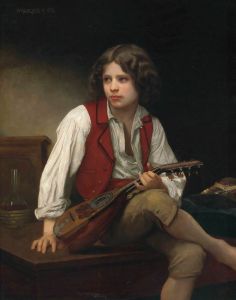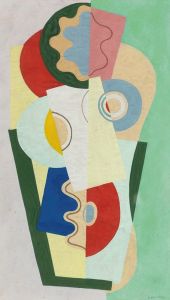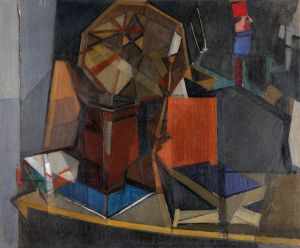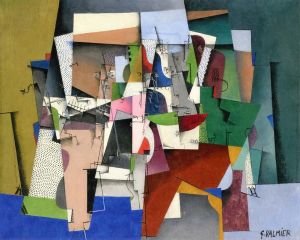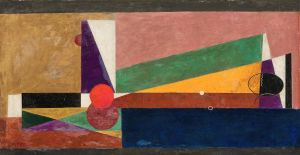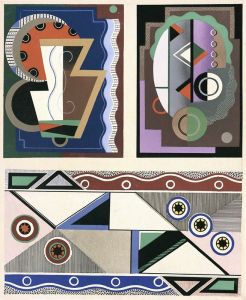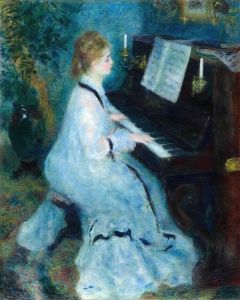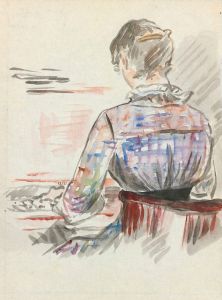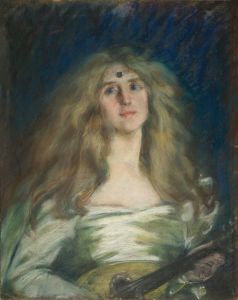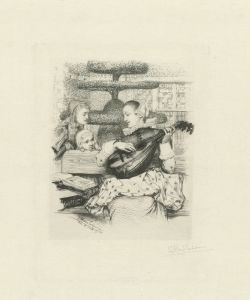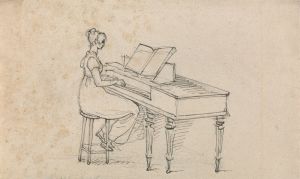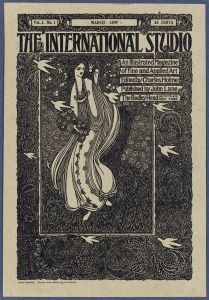
LE PIANO
A hand-painted replica of Georges Valmier’s masterpiece LE PIANO, meticulously crafted by professional artists to capture the true essence of the original. Each piece is created with museum-quality canvas and rare mineral pigments, carefully painted by experienced artists with delicate brushstrokes and rich, layered colors to perfectly recreate the texture of the original artwork. Unlike machine-printed reproductions, this hand-painted version brings the painting to life, infused with the artist’s emotions and skill in every stroke. Whether for personal collection or home decoration, it instantly elevates the artistic atmosphere of any space.
Georges Valmier (1885-1937) was a French painter known for his contributions to the Cubist movement. His work "Le Piano" is a notable example of his artistic style and is often discussed in the context of early 20th-century modern art.
"Le Piano" was created in 1920, during a period when Valmier was deeply influenced by Cubism, a revolutionary art movement that began in the early 1900s. Cubism, pioneered by artists like Pablo Picasso and Georges Braque, sought to break away from traditional perspectives and represent subjects from multiple viewpoints simultaneously. This approach often resulted in fragmented and abstracted forms, which are characteristic of Valmier's work.
In "Le Piano," Valmier employs the typical Cubist technique of deconstructing and reassembling objects into geometric shapes and planes. The painting features a piano, a common subject in Cubist art due to its complex structure and the challenge it presents in terms of perspective and form. Valmier's depiction of the piano is abstract, with the instrument broken down into a series of overlapping shapes and colors that suggest its form without directly representing it.
Valmier's use of color in "Le Piano" is particularly noteworthy. Unlike the early Cubists, who often worked in monochromatic palettes, Valmier embraced vibrant colors. His palette in this painting includes rich blues, reds, and yellows, which add a dynamic quality to the composition. The interplay of these colors, along with the fragmented forms, creates a sense of rhythm and movement, echoing the musical theme of the subject.
Georges Valmier's background in music likely influenced his choice of subject matter and his approach to composition. Before fully committing to painting, Valmier studied music and was a talented musician. This musical influence is evident in the rhythmic and harmonious qualities of his paintings, including "Le Piano."
Valmier's work, including "Le Piano," was part of a broader trend in early 20th-century art that sought to explore new ways of seeing and representing the world. His contributions to Cubism, though not as widely recognized as those of Picasso or Braque, are significant in their own right. Valmier's paintings are characterized by their bold use of color, innovative compositions, and the integration of musical themes.
"Le Piano" is housed in the Musée National d'Art Moderne in Paris, which holds an extensive collection of modern and contemporary art. The painting is an important piece within the museum's collection, representing the intersection of visual art and music, as well as the broader developments in Cubist art during the early 20th century.
In summary, "Le Piano" by Georges Valmier is a significant work within the Cubist movement, showcasing the artist's unique approach to form, color, and composition. Valmier's background in music and his innovative use of vibrant colors distinguish his work from that of his contemporaries, making "Le Piano" a notable example of early modern art.





